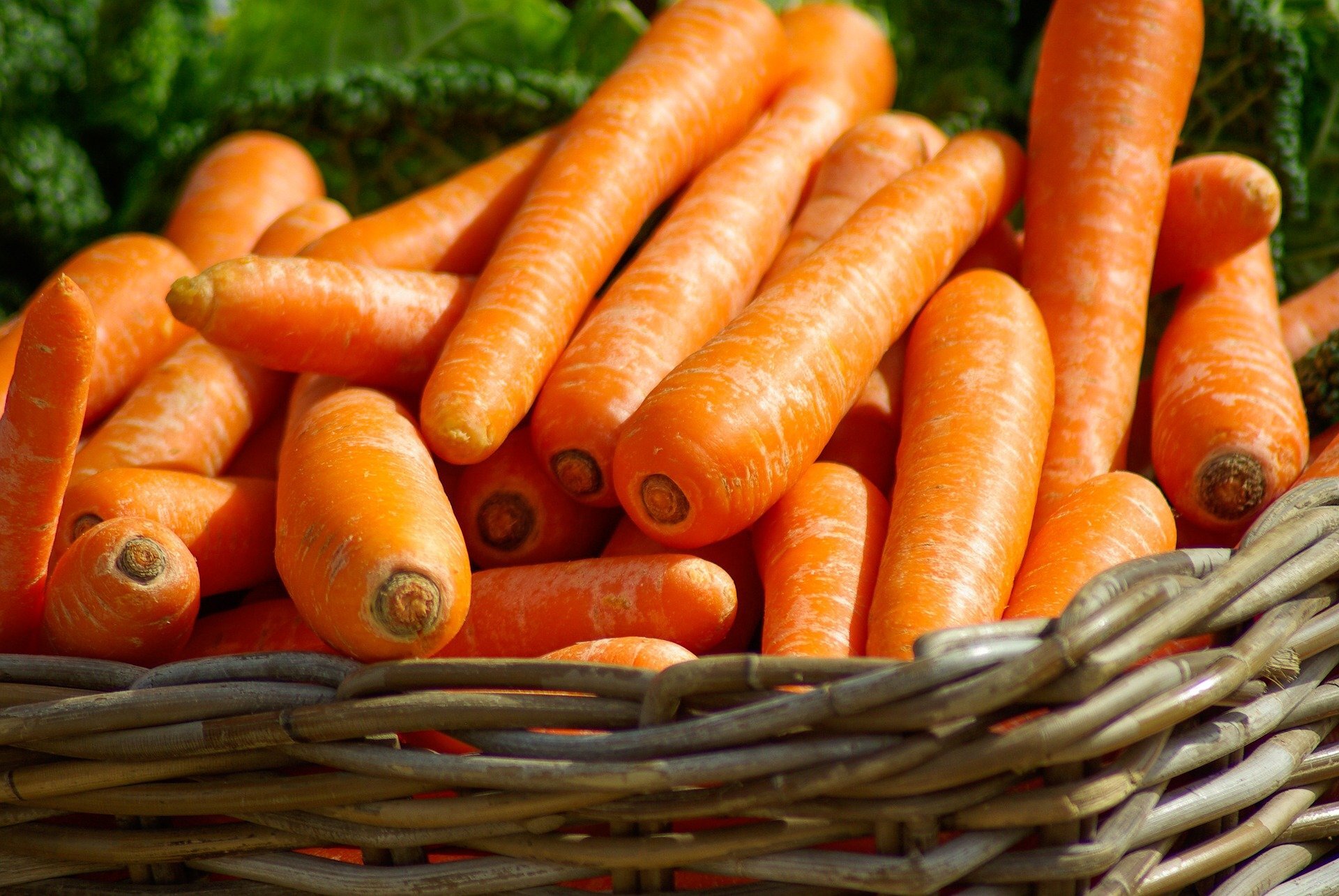The Top 5 Food Waste Solutions For The Future
/An estimated 25 billion tons of food goes to waste each year in the United States. This is a staggering number, and has lead many food manufacturers to look for ways to reduce food waste. So here are the top 5 food waste solutions for the future.
1. Blockchain
Our first powerful food waste solution is blockchain technology. Blockchain works to enable greater visibility over the entire supply chain, and as a technology it can generate the business intelligence that improves decision making and ultimately reduces food waste. You may have heard of blockchain in regards to cryptocurrency, but it is best defined as a secure digital ledger which allows information to be shared in real time across the whole supply chain, from ‘fark to fork’, or ‘farm to table’.
2. Shelf-Life Extension Technologies
Hazel Technologies are among a number of companies using technology to extend the shelf life of fruits and vegetables, thereby reducing food waste. The Chicago-based company have developed food inserts, which when placed beside fruits and vegetables ward off fungus and mold and slow the spoilage of products. The startup claims that these sachets can extend shelf life up to three times when compared to produce transported without them. According to Food Dive, “By the end of 2021, Hazel estimates its sachets will have saved nearly 1 billion pounds of produce from going to waste since its founding in 2015”.
3. B2B Marketplaces
Over 9 million tonnes of “ugly”produce go to waste in the U.S. every year. Supermarkets reject produce based on the belief that shoppers demand perfect, symmetrical, glistening vegetables. Enter Full Harvest — a company who have developed the first B2B marketplace to save this wasted “unattractive” food. Here growers can communicate directly with food companies and sell their imperfect produce, meaning less goes to waste.
4. Electronic Shelf Labels (ESLs)
When in the supermarket we’re used to seeing produce reduced in price when it is nearing the end of its shelf-life. But Israeli startup Wasteless is bringing a whole new approach to ‘marking down’ produce. Powered by machine learning, the company uses digital screens next to products, known as electronic shelf labels (ESLs), which prices products in real time, based on variables including expiration date, brand popularity, and seasonal popularity. This results in a reduction in waste and an increase in profits.
5. Demand Planning and ERP Technology
Many food manufacturing companies are trusting ERP (Electronic Resource Planning) software and demand planning software to help reduce production waste. Leading ERP software can help F&B companies time production and logistics and save on transport costs (another potential waste product). The software tells its users where and when products are needed. ERP also monitors production lines and equipment and provides accurate data, helping to reduce waste.
Is your food and beverage company looking to reduce waste with ERP? Get in touch with Cashmere today!











